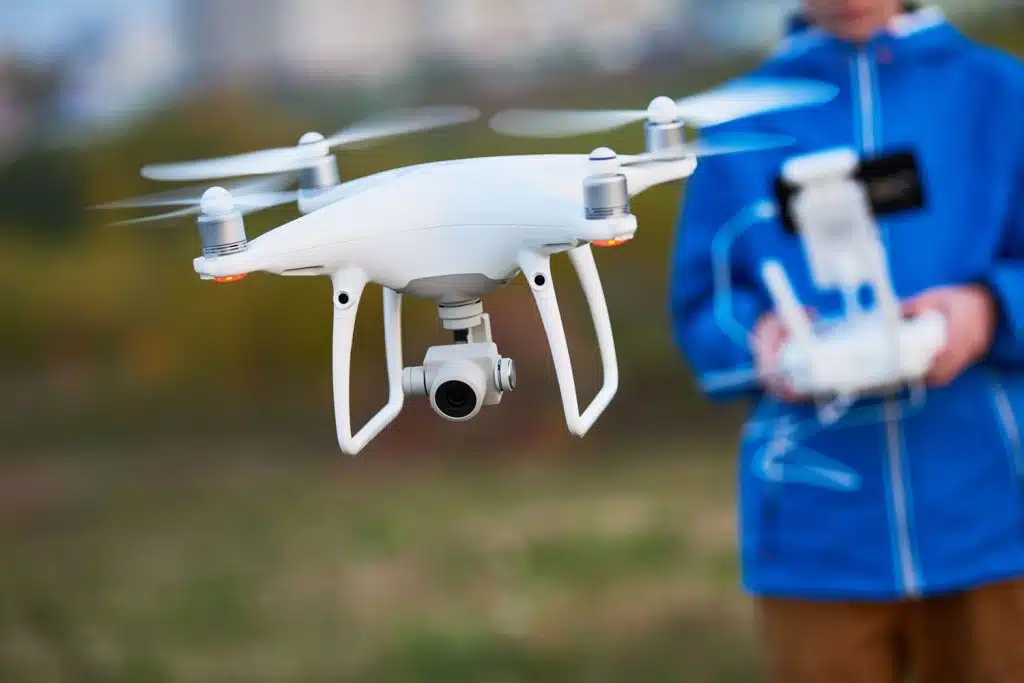10 tips to help you to fly drones legally and safely
Whether you’re Santa or Santana, if you give or receive a drone for Christmas, here’s 10 tips to help you to fly legally and safely:
- If you fly your drone for sport or recreation, then under the law it’s a “model aircraft”. If you fly that same drone for other purposes e.g. for money, then under the law it’s a “remotely piloted aircraft” or “RPA”. The same drone can be either a “model aircraft” or an “RPA” depending on the purpose of your flight.
- If you are flying commercially e.g. to take pictures to sell, then your drone is an RPA, and you must register it with the Civil Aviation Safety Authority (CASA) which you can do here. You must be 16 years or over to register your drone.
- If you are flying commercially, then you must also obtain accreditation from CASA which you can do here. You don’t need accreditation if you already have a Remote Pilot’s Licence. You also need an Aviation Reference Number (ARN) with CASA.
- If you intend to fly commercially and if your drone weighs more than 500 grams then you must pay a levy of $40.
- If you are flying for sport or recreation, (so your drone is a “model aircraft”) then you do not currently need to register your drone, or obtain accreditation or pay a levy.
- You generally must not fly your drone higher than 400 feet (approx. 120 metres) Above Ground Level (AGL). AGL means that if you fly over a cliff then you must adjust the height, so your drone is no more than 400 feet from the bottom of the cliff; similarly, if you’re on a mountain, the limit is 400 feet above the ground over which your drone is flying.
- You generally must not fly your drone less than 30 metres from anyone unless they have duties essential to the control or navigation of the drone. Picture a 30-metre cylinder around your drone at all times; no one should be in that space.
- You must only fly one drone at a time. That is, no drone swarms unfortunately, unless you get approval from CASA (and potentially other public bodies).
- As a bit of a catch-all, you must not operate your drone in a way that creates a hazard to another aircraft, another person, or property. Applying a bit of common sense should help you to work out if something might be hazardous. Yes, it’s very grey but that’s the rules.
- You must keep your drone within your visual line of sight. That is, you must be able to see it at all times. Prescription glasses are fine, but you are not allowed to fly so far away that you can only see it with binoculars, a telescope or similar device.
Get in touch
If you or someone you know wants more information on the above or needs help or advice regarding the use of drones, please contact us.
Related Resources
COVID-19 Data and Privacy
Data and privacy implications in a COVID-19 world
Data and privacy implications in a COVID-19 world There is no question data privacy and security are essential. From a commercial perspective, a single company – and no, not just Amazon – may possess the personal information of millions of customers. It is increasingly important this data be kept private...
Read moreData and Privacy
Does your privacy policy comply with the privacy laws?
Does your privacy policy comply with the privacy laws? Privacy laws in Australia were updated in 2014 with the introduction of the Australian Privacy Principles, a new set of privacy principles affecting the handling of personal information. If you have a website privacy policy you should review it for compliance...
Read more



